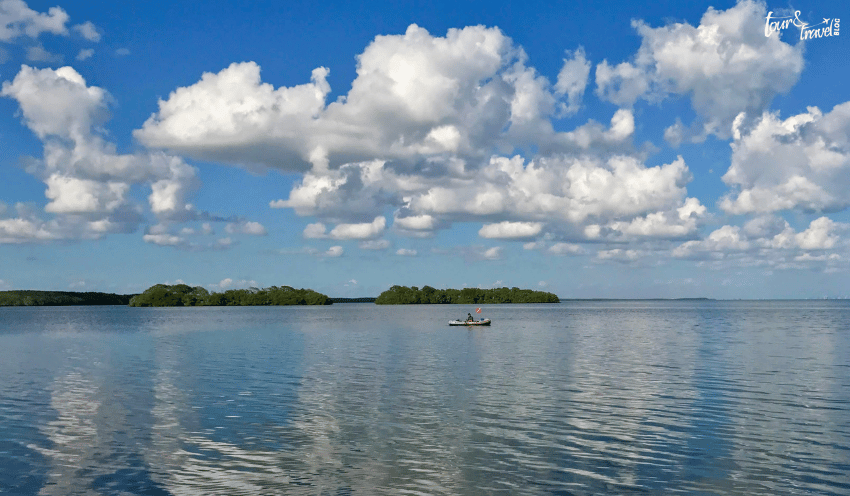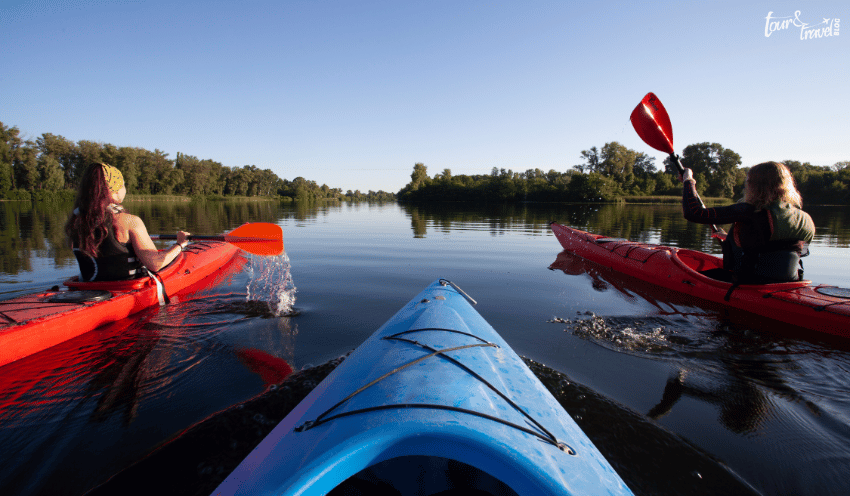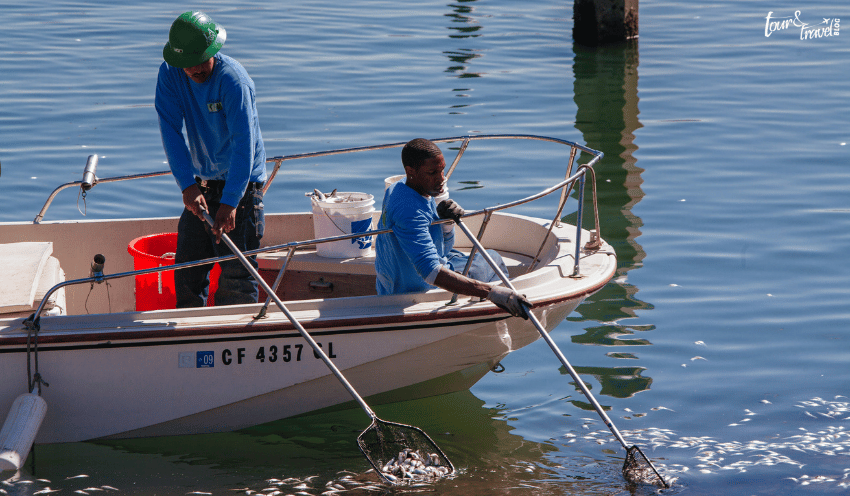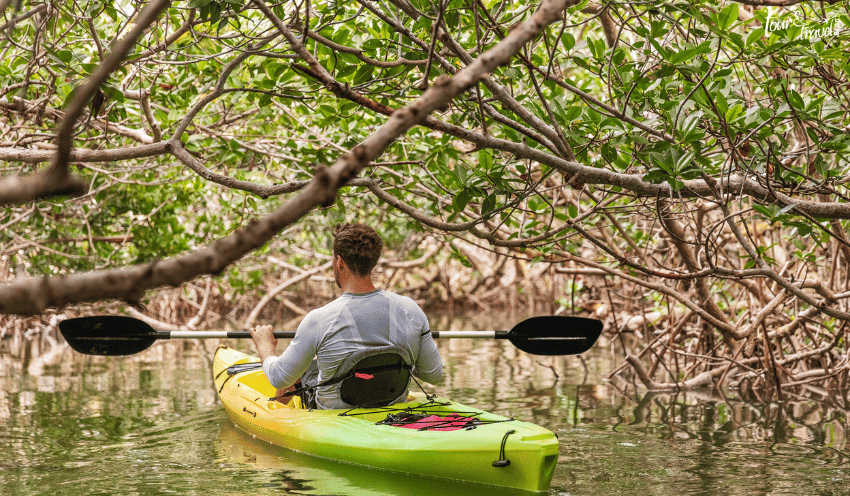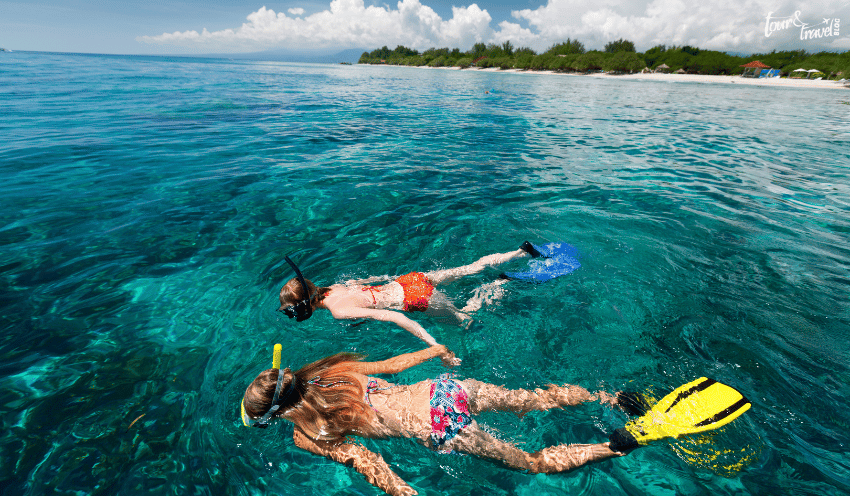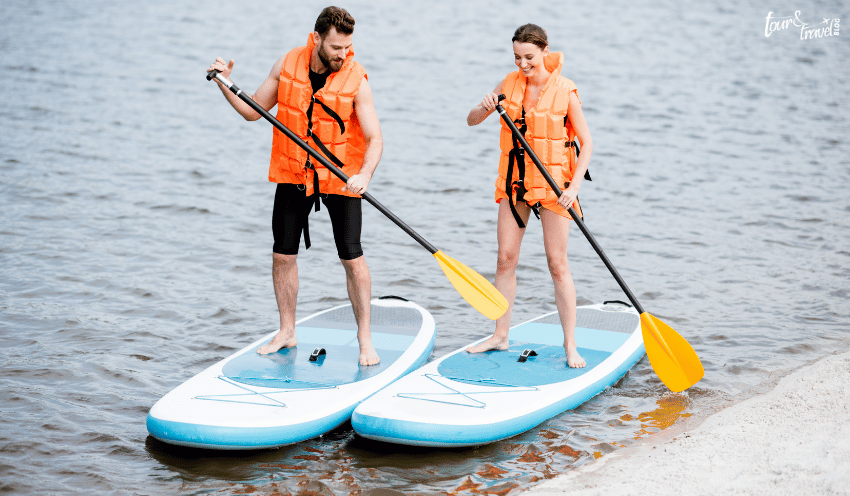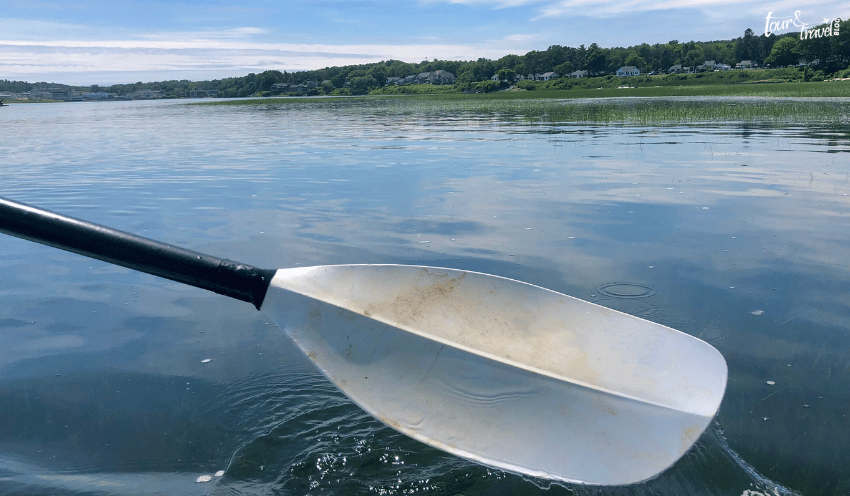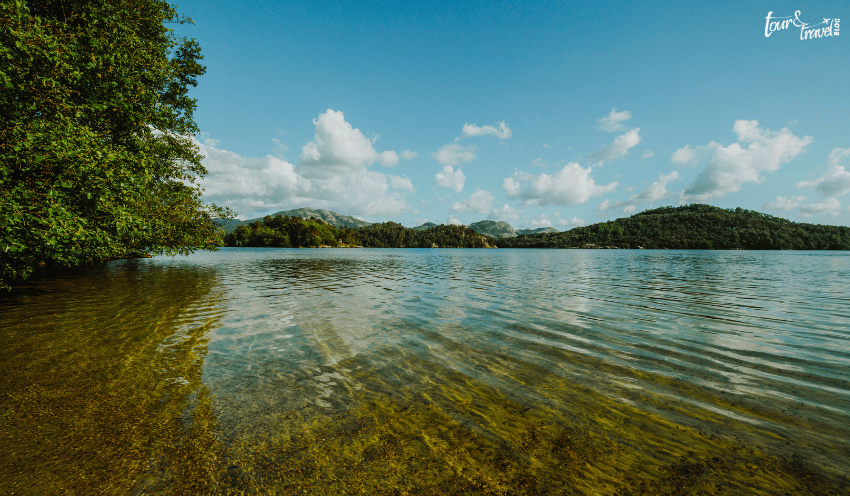Tips to Know is Playa del Carmen safe for a Traveler!
BY sagnika Mar 24, 2025
When you are asking the question, is Playa del Carmen safe, let me tell you how important it is to be aware of your surroundings. A dreamy destination for visitors, the city offers beautiful landscape views, amazing food, vibrant nightlife, and lively beaches. The question of safety arises especially when it comes to following basic issues of safety, tips necessary to be careful, debunking some of the myths of the city along practical approaches to enjoy your travel. You can book one of the best Caribbean cruises to visit Playa del Carmen. Let me share with you the safety tips that will help you make effective plans to visit Playa del Carmen. Tips to Know is Playa del Carmen safe for a Traveler? As a potential visitor or a tourist, you can rest assured that Playa del Carmen is safe. However, if you still question, is Playa del Carmen safe, you need to know some of the basic steps that are taken by an individual to be safe and enjoy their trip. It is also important to consider that apart from being on a vacation, it is also important for you to learn about their culture, practices, and traditions. Try to be respectable towards them. The local authorities are all dedicated to keeping the place safe, crime-free with improvements in the basic systems of authority. The place has a good reputation for being safe and the real estate market is earning more trust over time. The authorities have taken significant steps to improve the overall conditions of safety, both for the locals and the tourists. Let’s go through some of the common issues and safety tips! Common Issues in Playa del Carmen There are some common issues that you might face when visiting the city of Playa del Carmen. It is not usually dangerous, however, try to stay vigilant of overenthusiastic strangers. Let me make you aware of the things you might want to know before you visit: The taxis tend to overcharge, so it is better if you get a taxi and decide on the fare before you get on it or book from a ridesharing app. To visit one of the exotic places to travel, you must be aware of the common issues you might face. You will always find local people trying to scam you by saying that they are selling tickets for tours and events, which in most cases are fake. It is better if you purchase the tickets from official vendors for any specific tour, guides or events you want to attend. A technological scam, there have been people who use skimming devices on ATM machines so when you use your card in it, it reads the information. It is, therefore, important for you to consider the machines well before you use them. Additionally, there are also restaurants where tourists are charged more! You need to ask more questions and get clarity regarding money and the charges on the food dishes before you pay. Henceforth, you will see that these tips will become the ultimate guide to stress-free holiday travel! What to Avoid A safe destination to visit, the people of Playa del Carmen are quite safe and welcoming. However, what do you need to keep in mind so that your trip remains stress-free? Let me share some things to avoid. Do not rent a taxi or hail it first thing off the street, chances are that they are unlicensed vehicles, and you might end up in trouble. Try to book your taxis from ride-sharing applications online or official taxi stands around the city. Simultaneously, try to stay in all the areas of the city, most of them are safe and well-patrolled. Try to ignore all the poorly lit and isolated areas. The nightlife is quite bustling with life but what is important is to keep an eye on your drinks and not drink from strangers. Additionally, do not accept drugs from unknown people as it can have dire consequences on your life. Stay away from all drug-related activities because it is illegal and has legal consequences! Safety Tips Let me share with you some of the best safety tips when you are planning to visit the Playa del Carmen. These steps will help you relax in the city, enjoying the places without worrying about safety. The most important tip is to stay in populated and well-lit areas at night as a traveler. The popular sports of Playa del Carmen are Zail-Ha, Gonzalo Guerrero, and Fifth Avenue. They are quite safe but still be cautious. Try to keep your valuables back home or in the accommodations you have booked such as electronics and jewelry. If you are wearing or carrying something out of necessity, such as your gold wedding ring or your camera, you should not flash them. Have a bag that is secure and strong around your waist or chest so that you can keep your valuables. You have to stay informed about the local advisories and local news. This will ensure that you do not face any potential issues. The parties in and around Playa del Carmen are quite vibrant, and I would suggest you enjoy it. But you also need to be aware of your surroundings, drink responsibly, stay in control, and avoid illegal drugs that might be slipped into your drink or offered to you. This will ensure that you do not face any unwanted situations. Environmental and Health-related Tips When it comes to safety tips, I would like to make you aware of the impact of the place on your health and the overall environmental transitions. You must take these into account before you start evaluating the place and the need to be aware of them. Food Safety I am an avid traveler who loves enjoying the local cuisine wherever I go, and I would suggest you try it too. However, instead of trying anything and everything available on the street, choose reputable and reviewed eateries and restaurants. With social media blogs and posts being so rampant, spreading significant food dishes and places globally, you can easily learn about the best places in Playa del Carmen. Do check the place for its hygiene and cleanliness henceforth, stay aware but enjoy the food. Sun Protection Visiting Playa del Carmen means facing the hard Caribbean sun. What is my suggestion to you? Always use sunscreen, and wear sunglasses and hats when you are out and about. If you are out during the hottest part of the day, you should seek shade instead of directly facing the sun. Water Safety Drinking water and staying hydrated is quite necessary hence, I would not recommend drinking tap water in Playa del Carmen. It is better if you get yourself bottled water as it is widely available across the city. Additionally, the climate is hot and humid, hence try to keep drinking water. Hurricane Season The city is a hurricane zone, which extends from June to November so, I would suggest you should be aware of it. You should be aware of the weather even though hurricanes are quite rare. Try to keep updated with the local announcements and advice so that you know about the storm warning. A Safe Place: Playa del Carmen If you are visiting the place as a traveler, you can be completely safe with some considerations of the safety tips. Additionally, if you are thinking about relocating and want to visit before you make the decision, Playa del Carmen is a completely safe place. So, the question, is Playa del Carmen safe answered effectively across this blog? Starting from expats, native to digital nomads have made Playa del Carmen their home creating a beautiful lifestyle choice with affordable living and a happy and safe community. Comment below on what you think about Playa del Carmen and whether you are ready to visit the place. Let us know if you have any safety tips that you would want us to address. Also read Top 10 Most Popular Paraguay Food That You Must Try. Top 13+ Famous Wonders Of India That You Must Visit.

